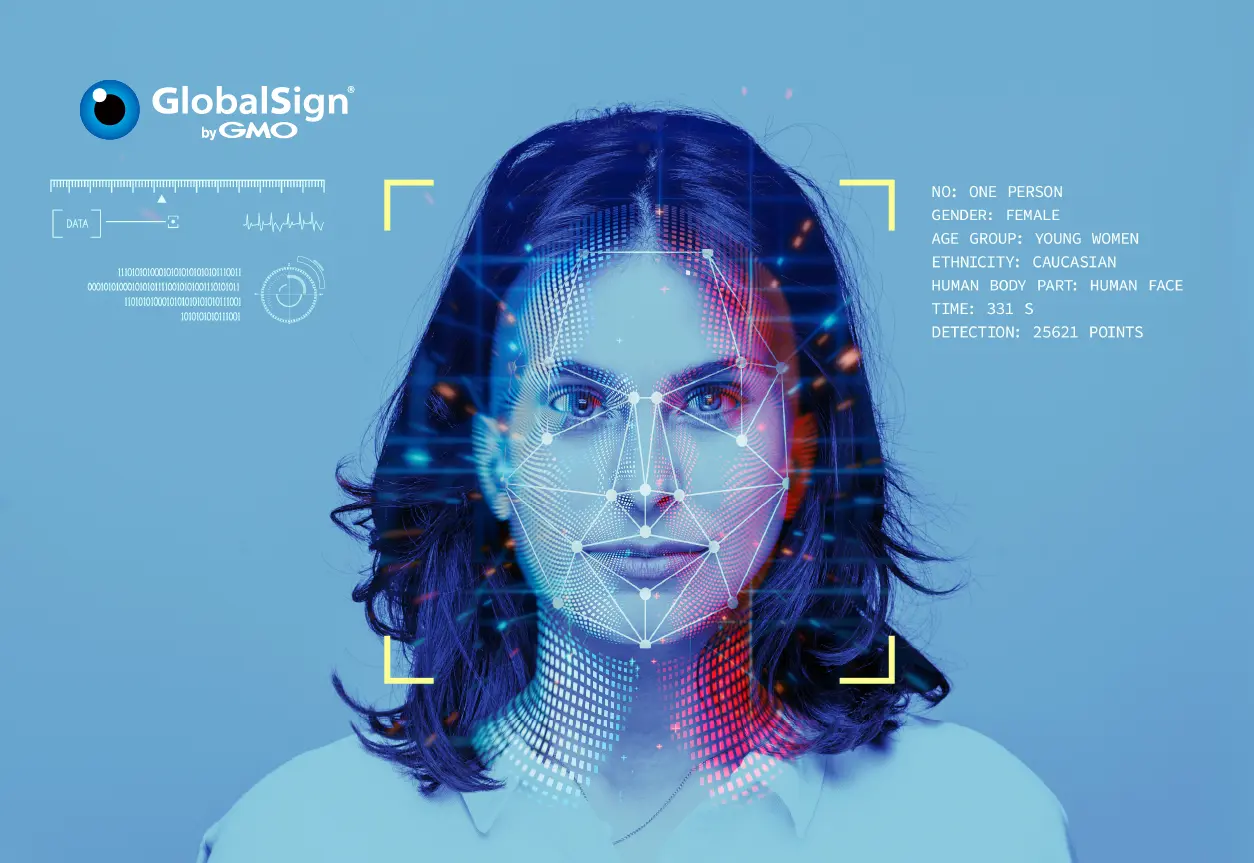Evolving cyber threats have increased the risk of online identities becoming compromised. As a result, traditional means of managing and safeguarding digital identities are no longer optional.
Digital Identity Management encompasses the processes involved in securing and overseeing unique digital representations of people and devices. From logging into email and collaboration platforms to accessing corporate resources, digital identity plays a pivotal role in daily interactions online.
Many businesses face challenges in ensuring identity protection and data security, particularly with remote and hybrid work environments becoming more common. Digital Identity Management solutions can help you protect your organisation by authenticating users and devices seamlessly without compromising security.
In this blog, we will explore how authentication has evolved and the role of Digital Identity Management solutions in securing users and devices and enhancing threat detection.
The Traditional Landscape of User and Device Authentication
When it comes to digital security, traditional user authentication methods have proven to be lacking, either in terms of protection, user experience, or both. They include:
-
Username and Password: The most familiar method involves users providing a combination of a username and a secret password to gain access to their accounts. While widely used, passwords have significant limitations. They can be weak, easily guessable, and susceptible to breaches if not managed securely.
-
Basic biometrics: Traditional biometric authentication relies on physical characteristics, such as fingerprints, iris patterns, or facial features. It offers enhanced security and convenience, as users don’t need to remember complex passwords. There are times that issues with biometric systems come up such as the production of “false positives” and “false negatives” meaning reliance on such systems may not be advisable.
The Emergence of Digital Identity Management
Digital Identity Management is the process of managing and verifying user and device identities to maintain secure access to data and services, as well as establish a secure chain of trust and prevent fraud. It encompasses the tools, protocols, and practices used to establish, validate, and maintain digital identities.
In the context of user authentication, Digital Identity Management ensures that individuals are who they claim to be when accessing systems or services. It involves verifying user credentials (such as usernames and passwords) and granting appropriate access rights based on their identity.
As for device authentication, Digital Identity Management ensures that devices (such as smartphones, laptops, or IoT devices) are authorised to interact with networks, applications, or services. The purpose behind such a process is to prevent unauthorised devices from gaining access and ensure the security of data exchanges.
Digital identity management emerged as a solution to the limitations of traditional identity verification methods. Moreover, the proliferation of mobile devices and cloud-based services necessitated more flexible and scalable identity management solutions.
Increasing privacy regulations, such as GDPR and PCI-DSS, have also accelerated the adoption of identity management systems that respect user privacy while ensuring compliance.
Key Components of Digital Identity Management
Digital identity management comprises four essential components, which are:
- Authentication
Authentication involves verifying the identity of users or entities attempting to access a system. It ensures that users are who they claim to be by validating credentials such as passwords, biometrics, or security tokens. Essentially, authentication answers the question, “Who are you?”For example, Single Sign-On (SSO) can be deployed to enable users to log in once and access multiple applications without re-entering credentials. - Authorisation
Authorisation determines what actions or resources a user is allowed to access after successful authentication. It defines permissions and restrictions based on roles, groups, or attributes. - Administration
Administration encompasses managing user identities throughout their lifecycle. It includes tasks like managing access rights and creating accounts, disabling, and deleting accounts. Proper administration ensures that user access remains accurate and up to date. - Auditing and Reporting
This component monitors user activities, tracks changes, and generates audit logs. It helps businesses maintain compliance, detect malicious behaviour, and investigate security incidents. Auditing and reporting answer the question, “What happened?”

Advancements in Technology Driving the Revolution
Technological advancements have accelerated the growth of digital identity systems, significantly improving security and efficiency in authentication processes. These include:
Advanced Biometric Authentication
New techniques in biometric authentication include advanced methods such as vein pattern recognition, gait analysis, and behavioural biometrics (such as typing patterns or mouse movements) to enhance security and usability. Biometric authentication ensures a seamless and convenient user experience while minimising the risk of unauthorised access.
Blockchain Technology
In Digital Identity Management, blockchain provides a decentralised and tamper-proof ledger, ensuring that each user’s identity information is stored in a block that’s cryptographically linked to the previous one. This decentralised approach makes data breaches much more difficult.
Two-Factor Authentication
Two-Factor Authentication (2FA) adds an extra layer of security by requiring users to provide two different forms of identification, like a PIN code and an SMS OTP (One-Time-Password) or QR code sent to the user’s registered phone, for example. Sometimes, more than two factors are required for securing highly sensitive networks and data (Multi-Factor Authentication).
Zero Trust Architecture
Zero Trust Architecture assumes that no user or device can be trusted by default, regardless of their location. It enforces strict access controls, continuous monitoring, and least privilege principles.
Artificial Intelligence (AI) and Machine Learning (ML)
Artificial Intelligence (AI) and Machine Learning (ML) play crucial roles in enhancing Digital Identity Management. AI/ML algorithms can detect anomalies in user behaviour and identify potential threats before they cause harm.
For instance, an AI-based IAM (Identity and Access Management) system can analyse user login behaviour, including factors like time, location, and actions. If any suspicious activity occurs, it can promptly flag it.
Additionally, AI contributes to secure authentication by creating comprehensive profiles of normal activity patterns. Deviations from this norm trigger further authentication steps, such as multifactor or risk-based authentication.
Not to mention, AI and ML algorithms continuously learn and adapt, ensuring that protection measures evolve alongside changing cyber threats.
Enhanced Security Through Digital Identity Management
Digital identity management provides enhanced security compared to traditional methods through several key mechanisms:
Strong Encryption
Digital identity systems employ robust encryption with a public and private key cryptographic authentication system, preventing unauthorised access to networks and data as only the intended user has the private key used to decrypt the message.
Traditional methods like simple username-password combinations are more susceptible to breaches due to weak passwords or phishing attacks.
Reduced Reliance on Physical Documents
Traditional identity systems rely on physical documents (e.g., driver’s licenses, passports) for verification. Digital identity management eliminates the need for physical documents, reducing the risk of theft or loss.
Instead, digital certificates are securely stored and can be easily verified online.
Maintaining Privacy
Digital identity systems allow users to control their personal information more effectively. Employees can choose what data to share and with whom, minimising unnecessary exposure. In contrast, traditional methods often involve sharing comprehensive personal details, which can lead to privacy breaches.
Decentralised Identity Models
Unlike centralised systems, decentralised identity models give individuals ownership of their digital identity. Blockchain-based identity and self-sovereign identity are examples of decentralised approaches. These enhance security by eliminating single points of failure.
User Experience and Convenience
Digital identity management offers a dual advantage of convenience and enhanced user experience. From a convenience standpoint, digital certificates streamline authentication processes through features like Single Sign-On (SSO), eliminating the hassle of managing multiple login credentials.
Users can effortlessly access various online services without the need to remember different passwords or usernames. Additionally, digital identity certificates enable location-independent verification, allowing users to prove their identity from anywhere, whether they are at home, work, or on the move, which also facilitates incorporating remote or hybrid work environments.
Moreover, digital identity certificates contribute to enhancing user experience by seamlessly integrating into existing workflows and habits, ensuring that they blend into users’ daily workflow without causing a major disruption.
Another added benefit is the ability to efficiently carry out transactions and complete tasks like document signing and identity authentication, without relying on paperwork and manual processes.
The Future of User and Device Authentication with Digital Identity Management
One of the most pressing challenges in Digital Identity Management is safeguarding authentication systems against emerging threats that future technology might bring, such as quantum computing. Ongoing research on quantum-resistant algorithms aims to eliminate such threats and safeguard systems and networks against quantum attacks.
Digital identity management will also witness advancements in biometric authentication, leveraging unique biological traits for secure verification. Technologies like facial recognition, iris scanning, and fingerprint authentication are already prevalent, but their integration with robust encryption techniques will enhance security further.
Additionally, decentralised identity frameworks, utilising blockchain or similar distributed ledger technologies, will offer more user-centric control over personal data while ensuring authentication integrity and privacy.
Takeaway
To recap, the transformative impact of Digital Identity Management has made it possible to protect online digital identities while also ensuring a frictionless user experience.
Embracing Digital Identity Management can significantly improve the security of your organisation and optimise workflow while keeping your mission-critical data secure.
Explore our diverse range of tailored Digital Identity Management solutions here.
Reach out to us and let’s discuss your identity management requirements now!






